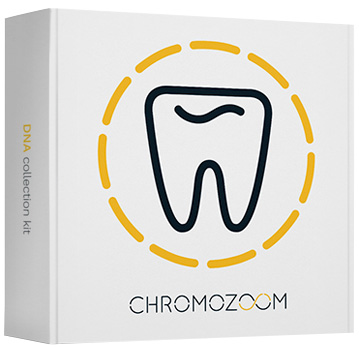Salty taste
Taste stimuli can be as large as a protein or as small as a single ion. In the case of salty taste perception, the stimuli are ions. As such, the gustatory receptors for salty stimuli are ion channels. The taste of salt or saltiness is primarily created by the passage of sodium (Na+) ions through these sensitive channels.From an evolutionary point of view, our ability to taste saltiness has evolved as a result of our need to consume sodium chloride as part of our diet. At lower concentrations (<150mM), table salt (NaCl) is both healthy and tasty for mammals, but at higher concentrations, NaCl becomes both undesirable and dangerous to our health.
Twin-study results estimated that genes are responsible for 22% of the variation in salty taste preference. These results suggest that environmental factors probably have a bigger effect on our preference for salty foods than our genetic background.
Describing the receptors that detect saltiness is a little bit trickier than for the other four tastes. As mentioned above, the “receptors” for salts are ion channels – one of which is an epithelial Na+ channel (ENaC) present on the membrane of some taste cells. To complicate matter further, saltiness is sensed depending on the concentration of ions. Low concentrations of sodium, which are typically attractive, are detected by one type of receptor and one type of taste receptor cell (i.e. the classic sodium-sensing cells), while high concentrations of salt, which animals try to avoid, are sensed by a completely different pathway.
Although the mechanism of recognising salty taste is not yet fully understood, the available literature suggests an association with specific TAS1R1 gene variants, which we also test for.
